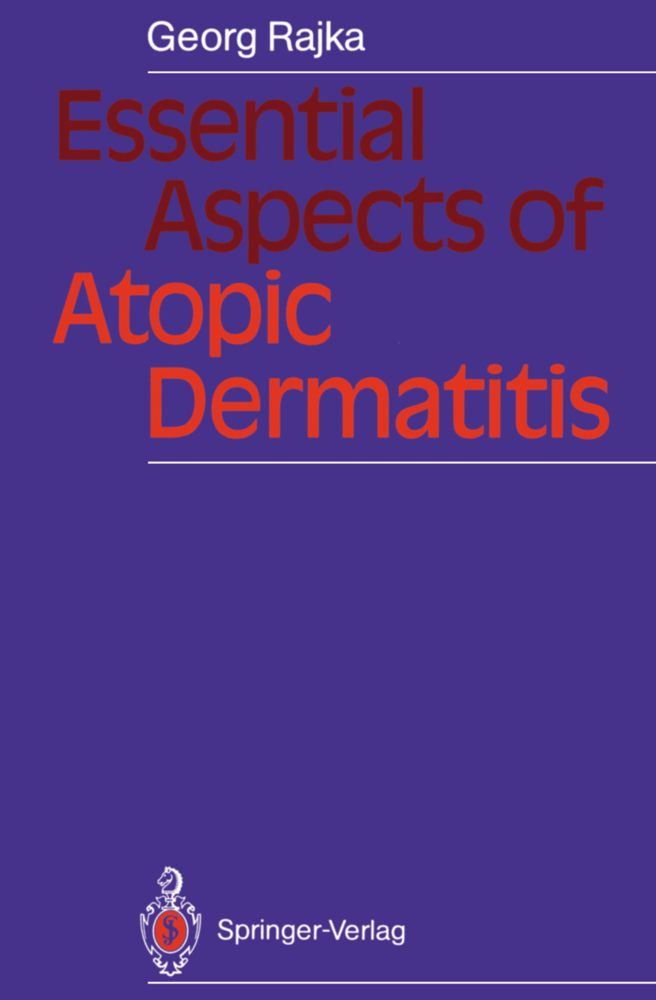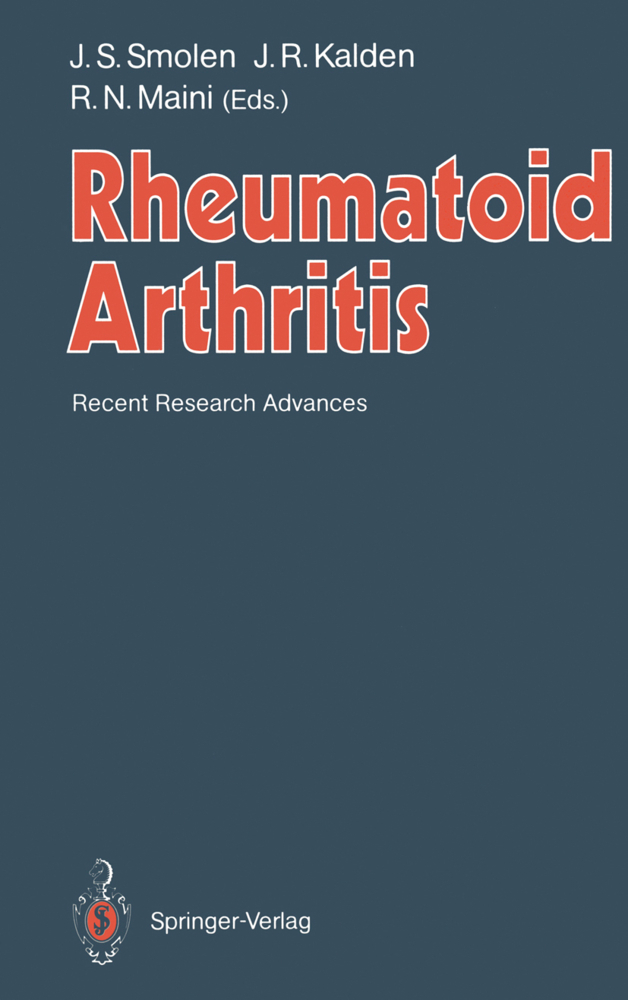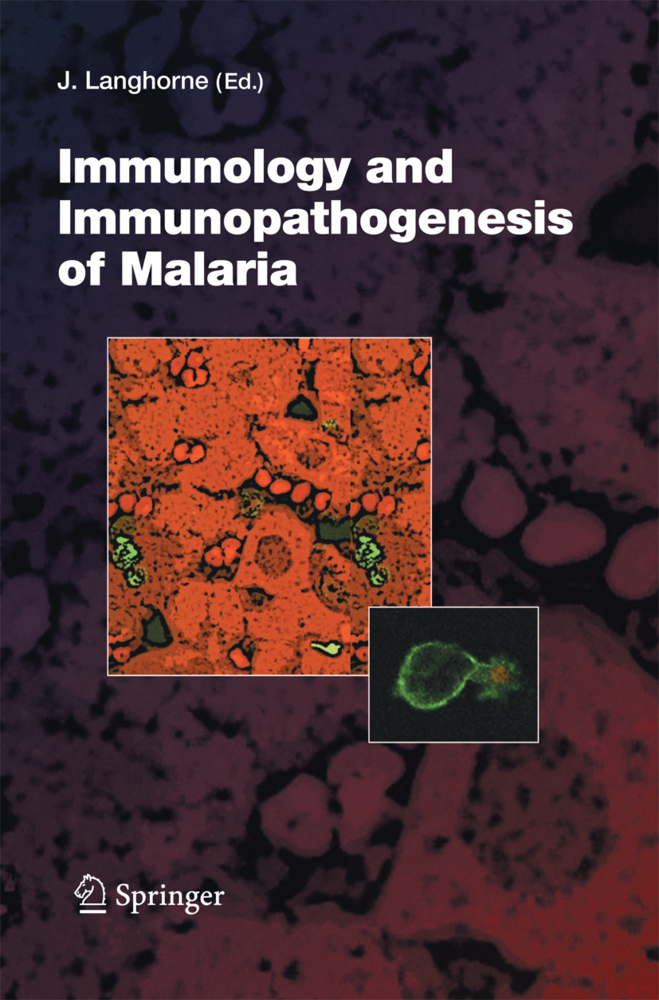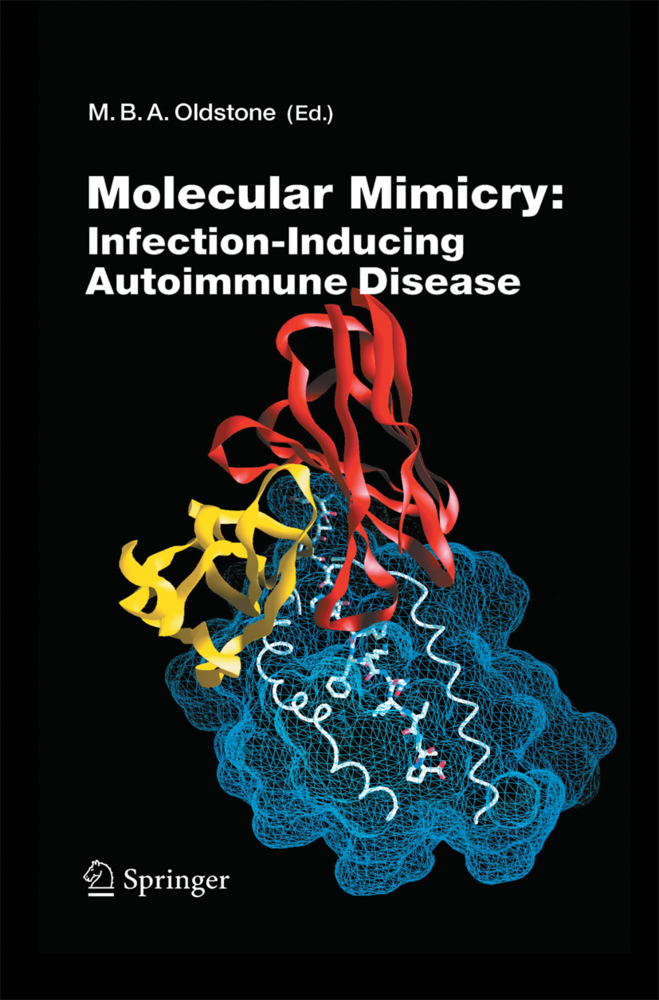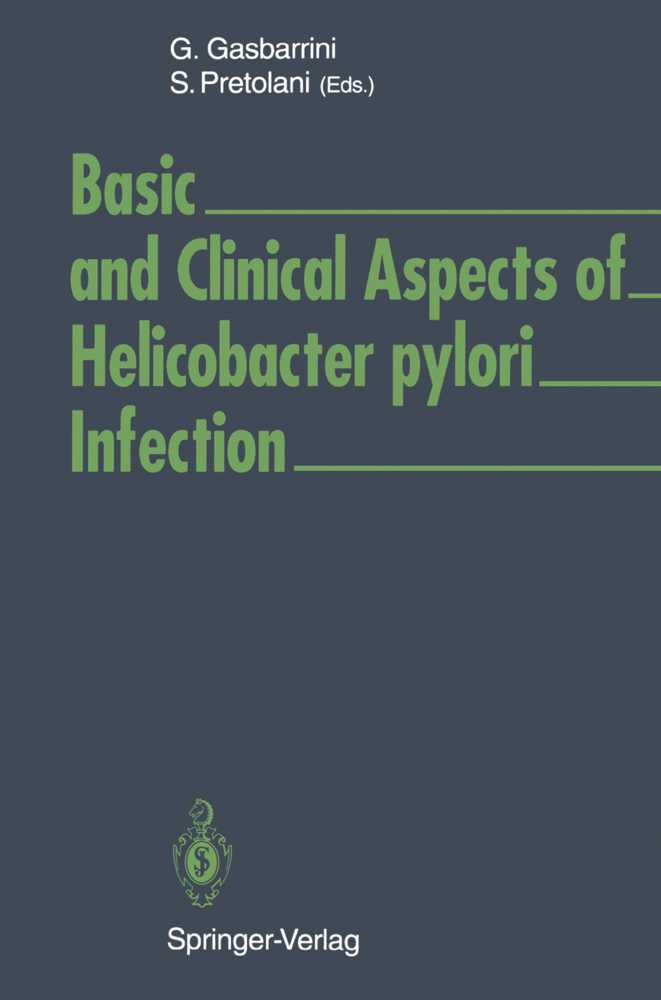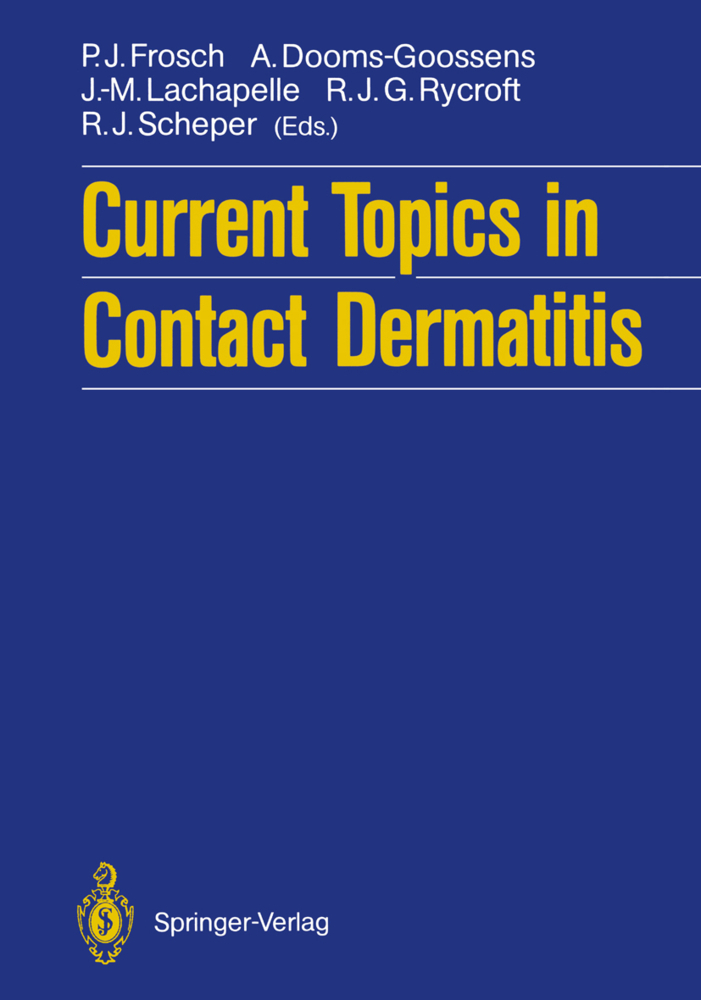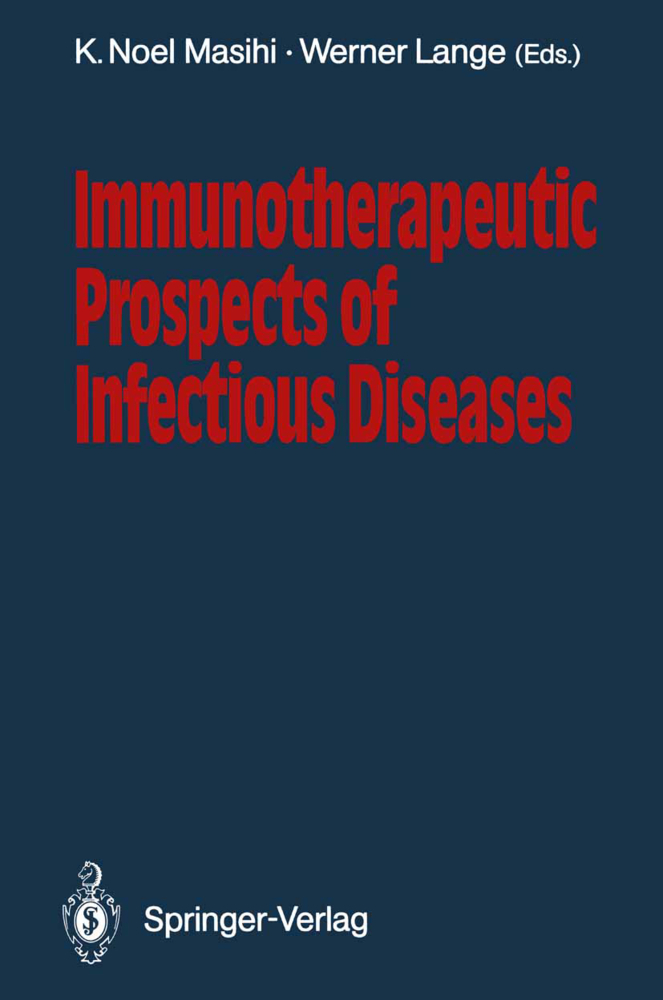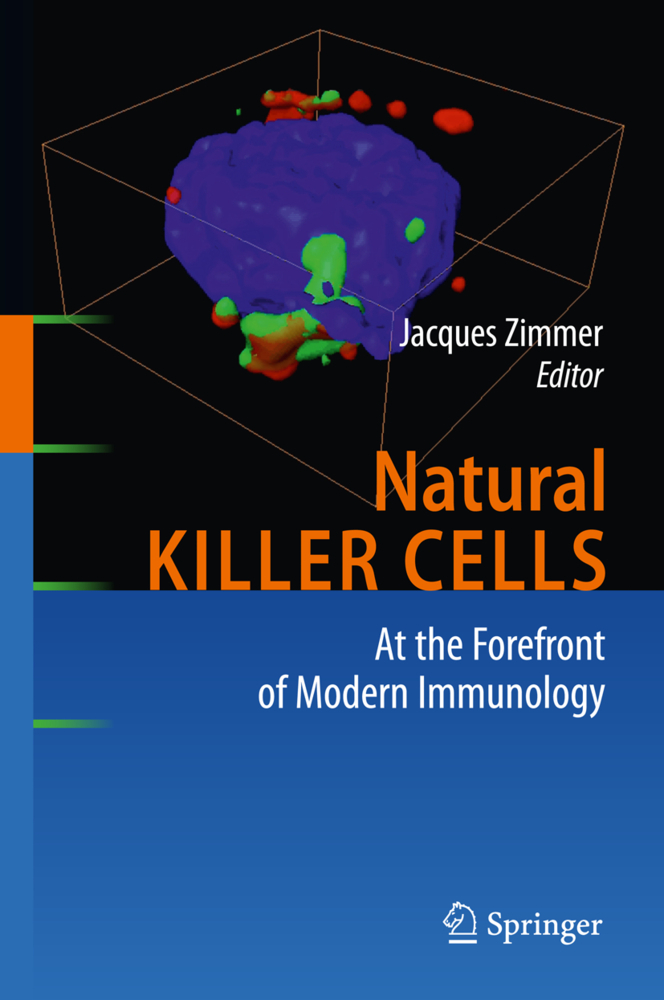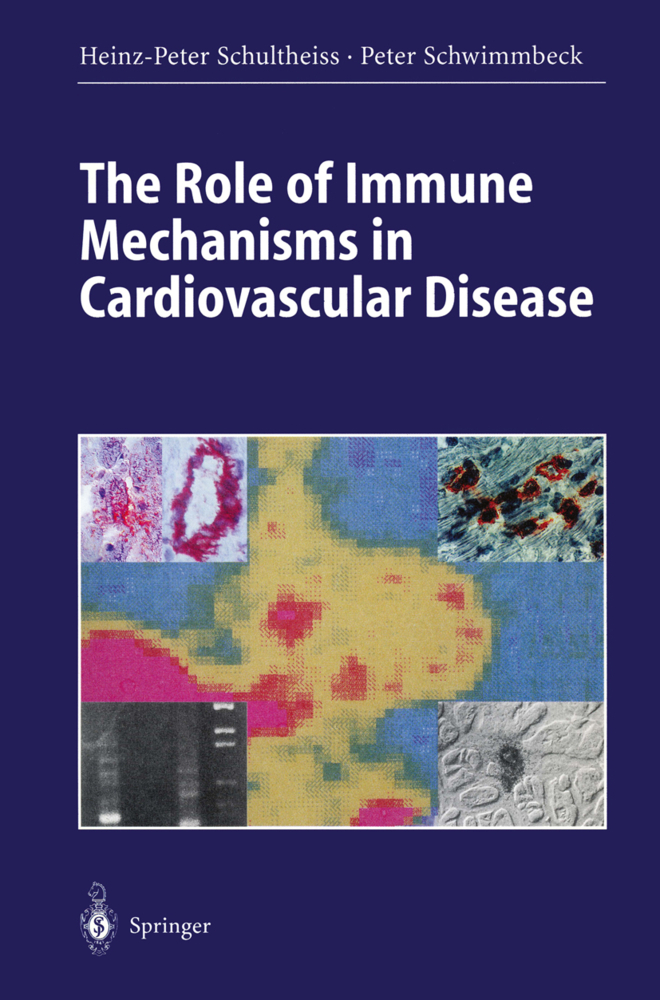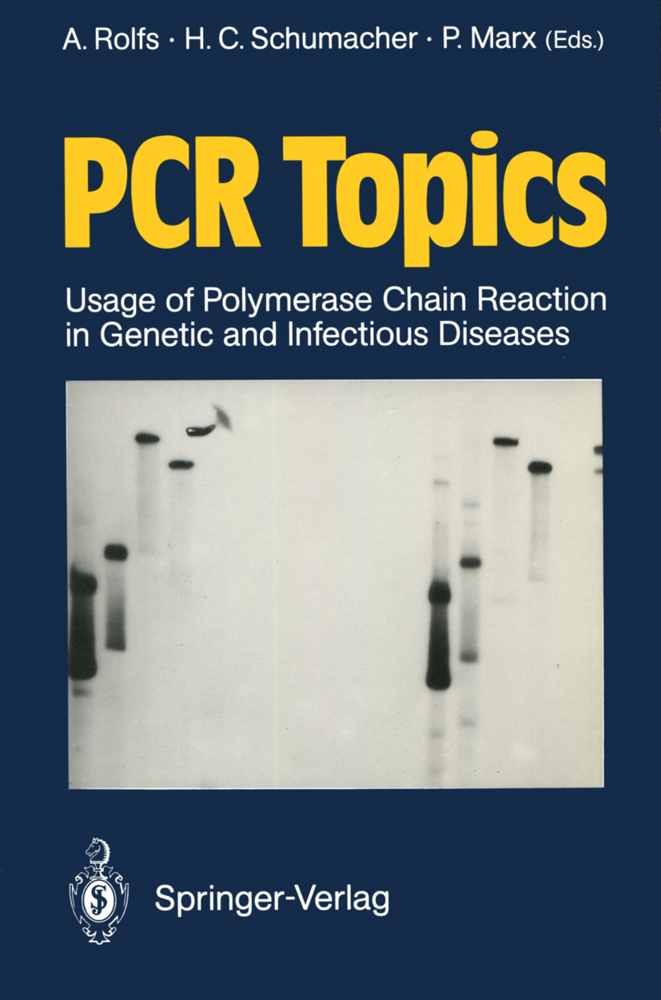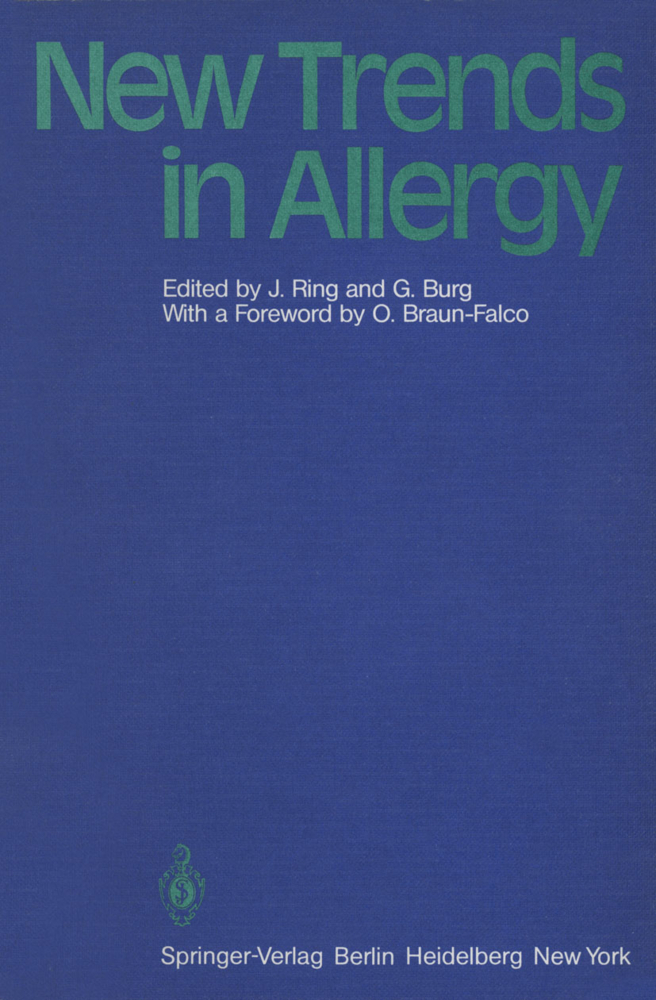Essential Aspects of Atopic Dermatitis
Essential Aspects of Atopic Dermatitis
"Le secret d'ennuyer est celui de tout dire. " Voltaire (Discours sur l'homme) Atopic dermatitis (AD) is frequently seen by dermatologists and pediatricians, by allergologists, and by many practitioners. The amount of data on AD is vast as it has been recognized for a very long time, has a worldwide distribution, and has a chapter or section devoted to it in every textbook or review of skin diseases. Difficulty arises in evaluating certain aspects of this complex disease, for many studies have been concerned with only some of its facets and with small numbers of patients. In addition a monograph on AD should also try to encompass the important theoretical aspects of this fascinating disease. There fore, the problem in presenting a monograph on AD lies more in the critical se lection than in the gathering of information, much of which is conflicting. This applies both to basic data and to details. Furthermore, the many divergent opinions in almost every field make it extremely difficult to draw unanimous conclusions. Consequently, the author has no option but to quote antagonistic views, try to make a compromise between these, and express his own opinion based on clinical experience and fundamental literary work.
1.2 Nomenclature
References
2 Clinical Aspects
2.1 Prevalence
2.2 Course
2.3 Prognosis
2.4 Basic Clinical Features
2.5 Morphology and Distribution
2.6 Other Essential Features
2.7 Special Clinical Types
2.8 Correlations Between Distribution and Pathomechanism
2.9 Complications Caused by Living Agents
2.10 Complication of the Malfunctioning Immunomechanisms
2.11 Other Complications
2.12 Associated Conditions; Proven Correlations
2.13 Xerosis-Ichthyosis Group
2.14 Probable Correlations
2.15 Possible Correlations
2.16 Coexistence of AD with Common Skin Diseases
References
3 Itch
3.1 Short Survey
3.2 Role of Itch in AD
References
4 Histopathological and Laboratory Findings
4.1 Histopathological Findings
4.2 Laboratory Findings
References
5 Pathomechanism: Genetic and Immunological Factors
5.1 Genetic Factors
5.2 Atopic Allergens
5.3 Foods
5.4 Other Allergens from Living Agents
5.5 The Atopic Antibody
5.6 Contact Reactivity
5.7 Delayed (Tuberculin-Type) Reactivity
5.8 Other Reaction Types
5.9 Concluding Remarks
References
6 Pathomechanism: Cells and Mediators
6.1 Mast Cells and Histamine
6.2 Eosinophils and Their Products
6.3 Cyclic Nucleotides
6.4 Eicosanoids
6.5 Complement
6.6 Other Mediators
References
7 Pathomechanism: The Altered Skin
7.1 Itch
7.2 Alteration of Skin Structure and Some Consequences
7.3 Water Exchange
7.4 Paradoxical Vascular Responses
7.5 Other Alterations
7.6 Concluding Remarks
References
8 Pathomechanism: Attempt at Synthesis
8.1 Animal Models
8.2 Attempt at Synthesis
References
9 Factors Influencing the Course of AD
9.1 Seasonal Dependence
9.2 Climatic Factors
9.3 Some Environmental Factors
9.4 Socioeconomic Environment
9.5 Occupation
9.6 Psychological Factors
9.7 Other Factors
References
10 Diagnosis and Grading (Severity)
10.1 Diagnostic Criteria
10.2 Differential Diagnosis
10.3 Grading (Severity)
References
11 Prophylaxis
11.1 Food Avoidance
11.2 Inhalant Allergens
11.3 Occupational Prophylaxis
11.4 Other Measures
References
12 Management of AD
12.1 Specific and Immunological Therapy
12.2 General Measures
12.3 Systemic Therapy
12.4 Topical Therapy
12.5 Concluding Remarks
References.
1 History and Nomenclature
1.1 History1.2 Nomenclature
References
2 Clinical Aspects
2.1 Prevalence
2.2 Course
2.3 Prognosis
2.4 Basic Clinical Features
2.5 Morphology and Distribution
2.6 Other Essential Features
2.7 Special Clinical Types
2.8 Correlations Between Distribution and Pathomechanism
2.9 Complications Caused by Living Agents
2.10 Complication of the Malfunctioning Immunomechanisms
2.11 Other Complications
2.12 Associated Conditions; Proven Correlations
2.13 Xerosis-Ichthyosis Group
2.14 Probable Correlations
2.15 Possible Correlations
2.16 Coexistence of AD with Common Skin Diseases
References
3 Itch
3.1 Short Survey
3.2 Role of Itch in AD
References
4 Histopathological and Laboratory Findings
4.1 Histopathological Findings
4.2 Laboratory Findings
References
5 Pathomechanism: Genetic and Immunological Factors
5.1 Genetic Factors
5.2 Atopic Allergens
5.3 Foods
5.4 Other Allergens from Living Agents
5.5 The Atopic Antibody
5.6 Contact Reactivity
5.7 Delayed (Tuberculin-Type) Reactivity
5.8 Other Reaction Types
5.9 Concluding Remarks
References
6 Pathomechanism: Cells and Mediators
6.1 Mast Cells and Histamine
6.2 Eosinophils and Their Products
6.3 Cyclic Nucleotides
6.4 Eicosanoids
6.5 Complement
6.6 Other Mediators
References
7 Pathomechanism: The Altered Skin
7.1 Itch
7.2 Alteration of Skin Structure and Some Consequences
7.3 Water Exchange
7.4 Paradoxical Vascular Responses
7.5 Other Alterations
7.6 Concluding Remarks
References
8 Pathomechanism: Attempt at Synthesis
8.1 Animal Models
8.2 Attempt at Synthesis
References
9 Factors Influencing the Course of AD
9.1 Seasonal Dependence
9.2 Climatic Factors
9.3 Some Environmental Factors
9.4 Socioeconomic Environment
9.5 Occupation
9.6 Psychological Factors
9.7 Other Factors
References
10 Diagnosis and Grading (Severity)
10.1 Diagnostic Criteria
10.2 Differential Diagnosis
10.3 Grading (Severity)
References
11 Prophylaxis
11.1 Food Avoidance
11.2 Inhalant Allergens
11.3 Occupational Prophylaxis
11.4 Other Measures
References
12 Management of AD
12.1 Specific and Immunological Therapy
12.2 General Measures
12.3 Systemic Therapy
12.4 Topical Therapy
12.5 Concluding Remarks
References.
Rajka, Georg
| ISBN | 978-3-642-74768-7 |
|---|---|
| Artikelnummer | 9783642747687 |
| Medientyp | Buch |
| Auflage | Softcover reprint of the original 1st ed. 1989 |
| Copyrightjahr | 2012 |
| Verlag | Springer, Berlin |
| Umfang | XVI, 261 Seiten |
| Abbildungen | XVI, 261 p. |
| Sprache | Englisch |

